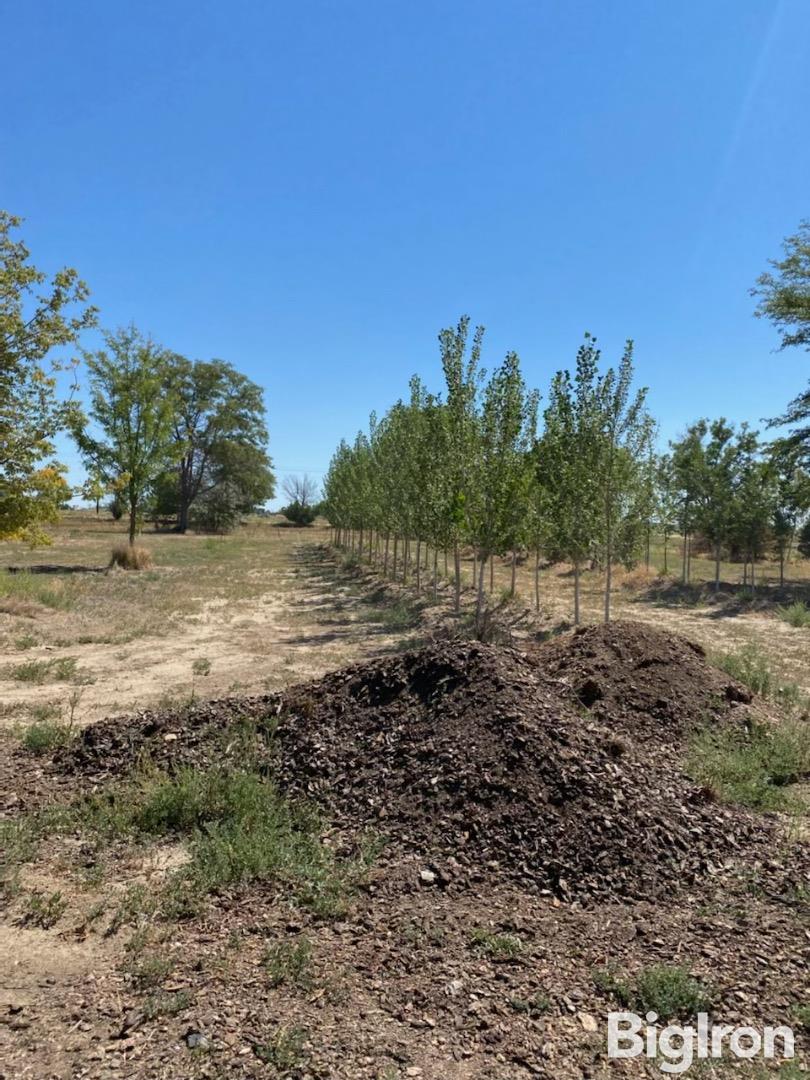
Lanceleaf Cottonwood Trees BigIron Auctions
Landscape value: The Lanceleaf cottonwood requires high soil moisture, as do other cottonwoods. It is a good tree to use in riparian areas, along waterways, or in low places where water consistently collects. The Lanceleaf variety has been used in several riparian restoration projects, including the Dry Creek restoration project in the St.

Populus x acuminata (Lanceleaf Cottonwood, Lanceleaf Poplar) North
Lanceleaf Cottonwood: November Hours. Monday through Saturday. 9 am to 5 pm. Sunday Nov. 19 Closed. Sunday Nov.26 10-4. Sunday Dec.3 10-4. Sunday Dec.10 10-4. Sunday Dec. 17 10-4. Closed Thanksgiving Day. Closed Christmas Eve. Closed Christmas Day. Closed Dec.25 thru Jan.1 . ALL HOURS ARE.

3.58Gallon White Lanceleaf Cottonwood Shade Tree in Pot (With Soil
lanceleaf cottonwood. Kingdom. Plantae. Location in Taxonomic Tree . Genus. Populus. Species. Populus X acuminata. Identification Numbers. TSN: 22450. Geography. Working with others to conserve, protect and enhance fish, wildlife, plants and their habitats for the continuing benefit of the American people.
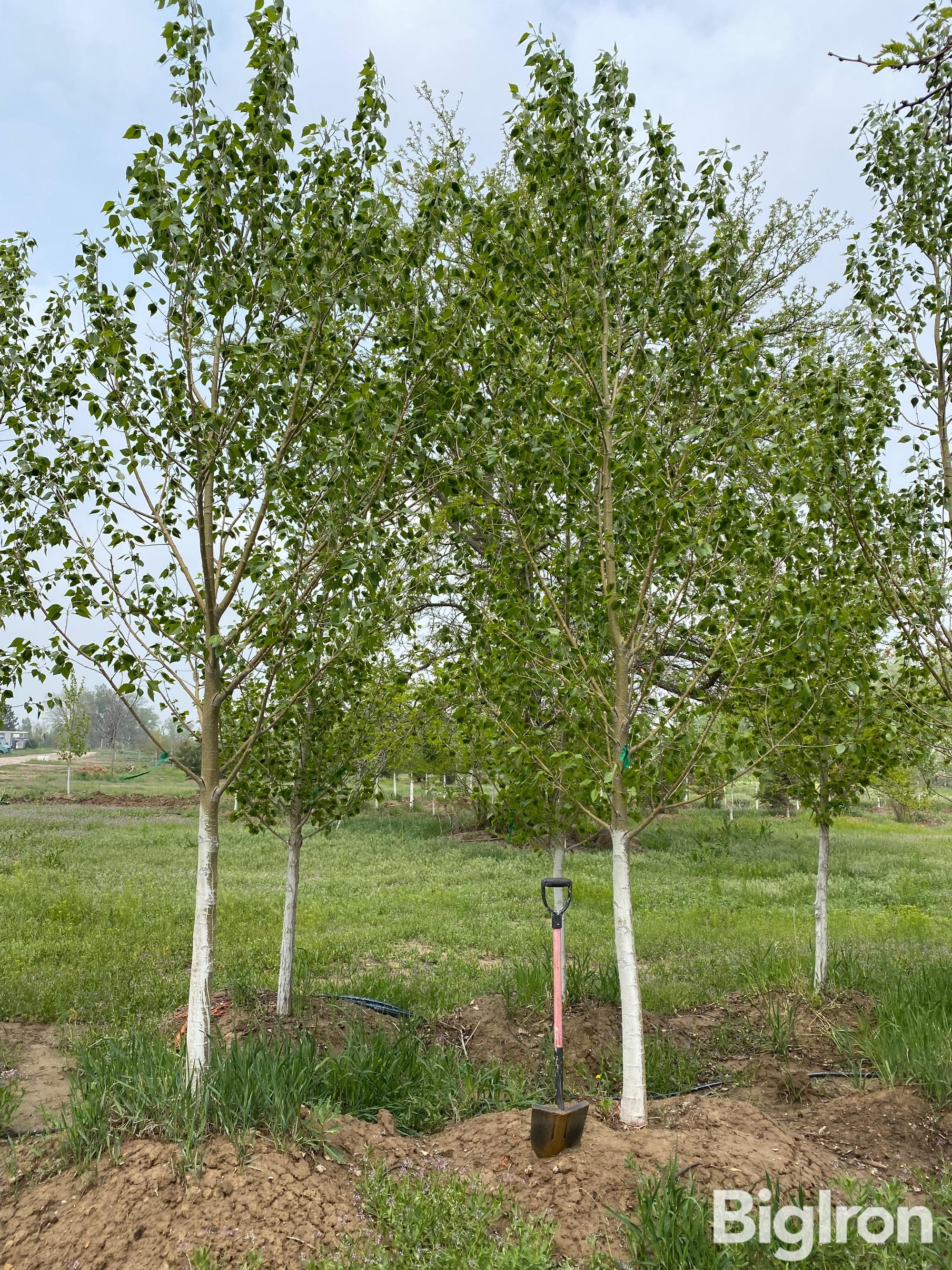
Lanceleaf Cottonwood Trees BigIron Auctions
Tree 10-30 m with ascending branches. Bark tan, becoming furrowed. Leaf blades ovate with shallowly cuneate bases, 5-9 cm long, somewhat glaucous below, 2.5 or more times as long as wide, some serrations >0.5 mm deep; petioles 1/3 or more length of blade. Female catkins 6-9 cm long; stigmas 2 to 3. Capsules 5-7 mm long ( Lesica et al. 2012.
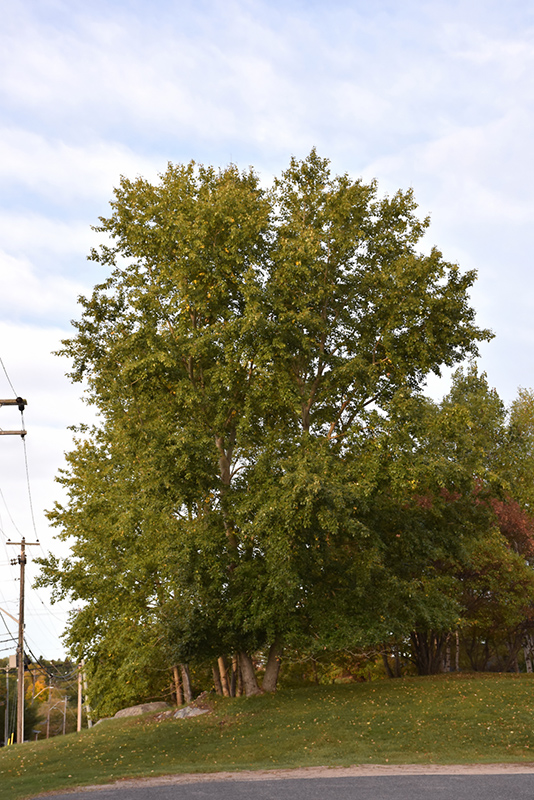
Lanceleaf Poplar (Populus x acuminata) in Bozeman Helena Butte Billings
Populus × acuminata or Populus acuminata, the lanceleaf cottonwood, is a species of Populus native to the Rocky Mountains of North America. It is a naturally occurring hybrid of narrowleaf cottonwood, Populus angustifolia, and eastern cottonwood, Populus deltoides, found where their ranges overlap. It is planted as a shade tree in cities in.
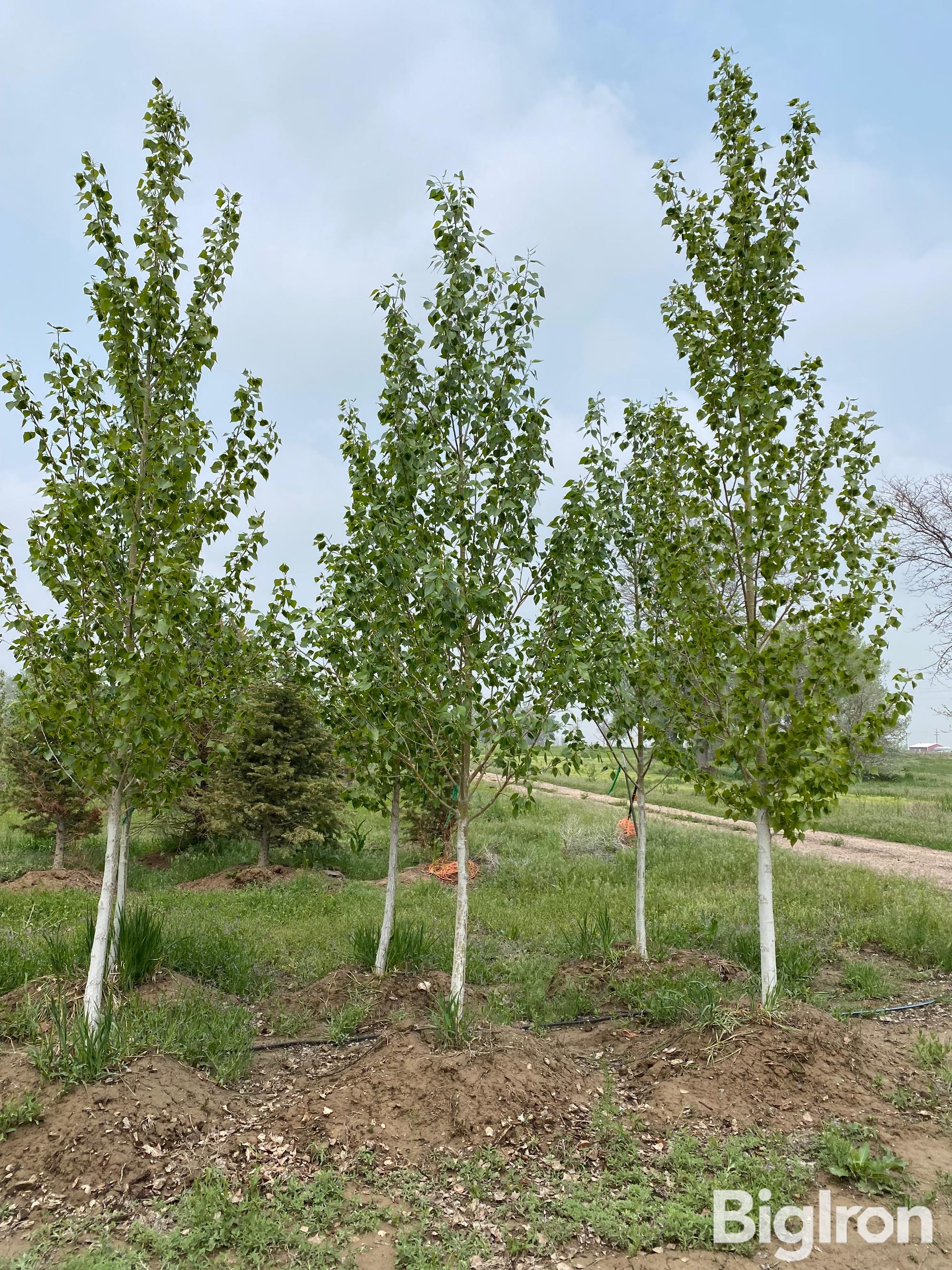
Lanceleaf Cottonwood Trees BigIron Auctions
Lanceleaf cottonwood. Latin name: Populus xacuminata Rydb. French name: Peuplier à feuilles acuminées. Taxonomic Serial Number: 22450. Report a problem on this page. Date modified: 2015-08-04.

Lance Leaf Cottonwood Trees BigIron Auctions
The Lanceleaf cottonwood is found along streams in and near the foothills, and is easily recognized by the long leaf stalk and the distinctive leaf shape, tapering to a point, with maximum width about mid-length not near the base of the leaf. It is found from 4500 to about 8500 feet (1200 to 2600 m) elevation. It grows to 60 feet (20 m) high.
Narrowleaf Cottonwood
I planted a lanceleaf cottonwood 2 years ago. It was a skinny stick about 1/2 inch in diameter, and about 4 feet tall. It is now about 15 feet tall, and about 3 to 4 inch diameter at the base. It's the fastest growing tree I have. It takes the desert summer heat (115+) with enough water. Some leafs turn brown. I deep water it once a week.

Lance Leaf Cottonwood Trees BigIron Auctions
Lanceleaf Cottonwood (Populus x acuminata) General Plant Information ; Plant Habit: Tree: Life cycle: Perennial: Sun Requirements: Full Sun: Water Preferences: Wet Mesic Mesic: Soil pH Preferences: Slightly acid (6.1 - 6.5) Neutral (6.6 - 7.3) Slightly alkaline (7.4 - 7.8)

lanceleaf cottonwood (Native Trees of Wasatch Front) · iNaturalist
Size Description. #5. Sold As. Each. Height: 40′-60′ Spread: 35′-50′. Native tree with an upright rounded crown. Glossy medium green leaves are intermediate in size between Plains Cottonwood and Narrowleaf Cottonwood. Fast growing, cottonless and hardy to over 7500′. Some years, leaf rust can be a problem, defoliating the tree.

Narrowleaf Cottonwood (Populus angustifolia) aka WillowLeaved Poplar
Lanceleaf Coreopsis is a great addition to any wildflower garden, micro prairie, or meadow.Also known as Sand Coreopsis or Lanceleaf Tickseed, it is a native perennial can grow in horrible soil, from clay to pure sand. It is a clump forming evergreen that will be somewhat invasive in that the seeds get dropped near mother plants and germinate the following Spring.

In the Company of Plants and Rocks Treefollowing Pilgrims from the East
The lanceleaf cottonwood is a relatively high-maintenance tree, so be prepared for pruning, cleaning up seeds, fruit, and broken limbs, and fighting off pests and diseases. The lower branches can be pruned to allow pedestrians to pass beneath it. The best time to prune a lanceleaf cottonwood tree is in late winter after the threat of freeze has.

PlantFiles Pictures Lanceleaf Cottonwood (Populus x acuminata) by
Key Steps. 1b - Alternate leaf arrangement — go to 18. 18a - Leaf simple — go to 19. 19b - Thornless — go to 22. 22e - All leaves unlobed — go to 31. 31d - Leaf is oval or oblong (twice as long as wide) — go to 40. 40b - Leaf base symmetrical — go to 43. 43b - Leaf margin not wavy or only slightly wavy; margin.
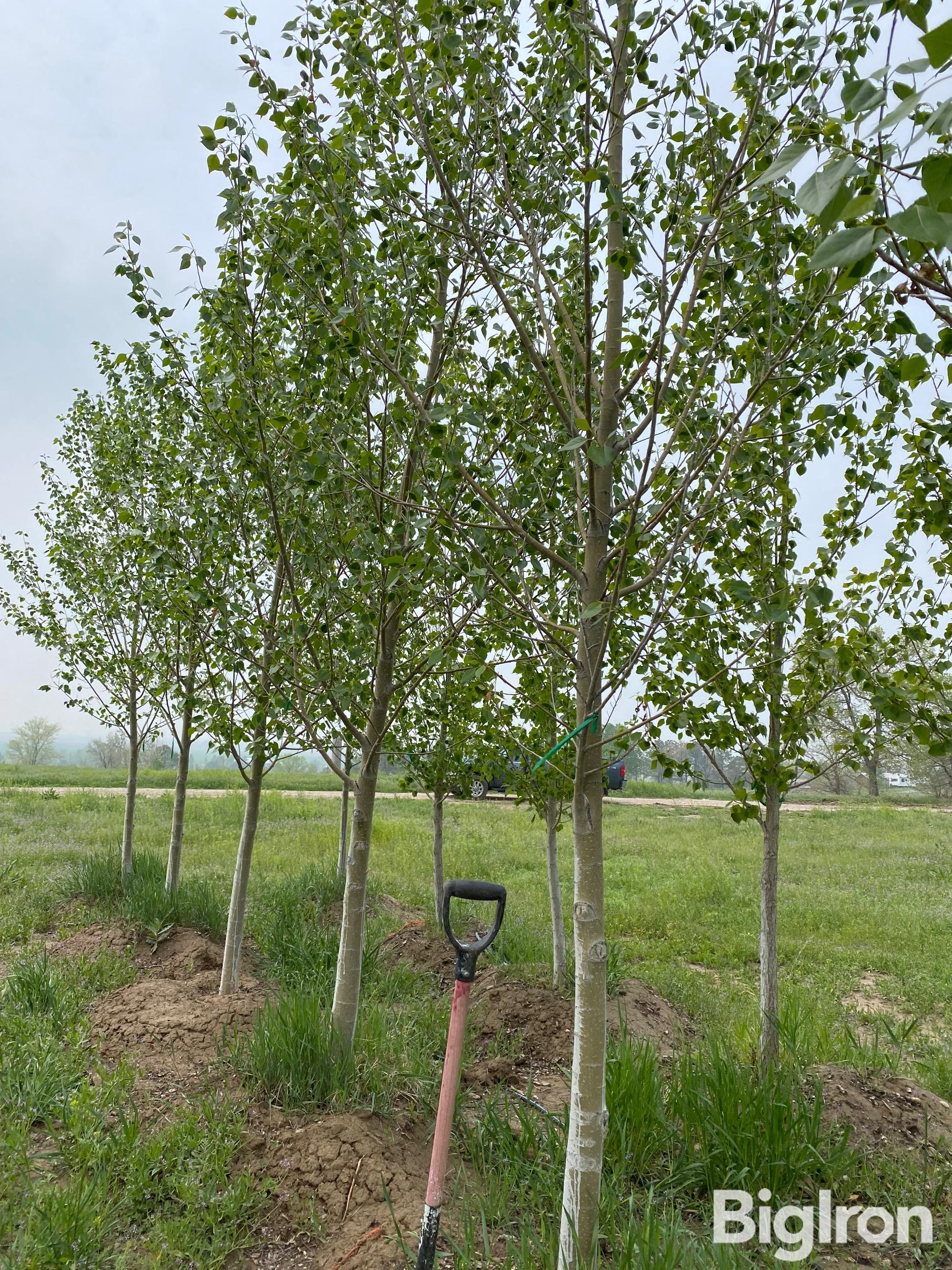
Lanceleaf Cottonwood Trees BigIron Auctions
Lowe's 10.25-Gallon Shade Lanceleaf Cottonwood In Pot (With Soil) Item #34212 | Model #NURSERY. Shop Lowe's. Get Pricing & Availability . Use Current Location. Prized for its foliage. Excellent shade tree. Highly adaptable, seedless. Container Measurement: 10.25-gallon. 10.25-gallon. 3.58-gallon.
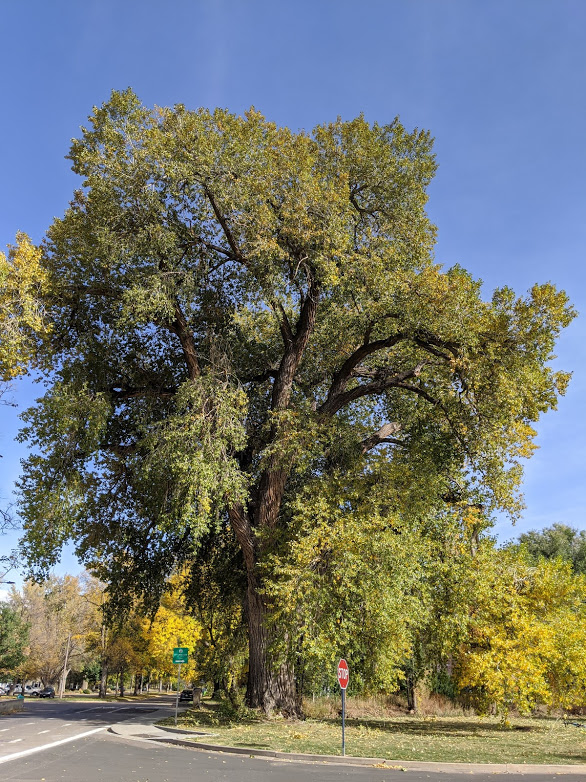
Populus x acuminata (lanceleaf cottonwood) City of Fort Collins
Lanceleaf Cottonwood is a hybrid tree in the willow (Salicaceae) family native to the floodplains and streams in the Rocky Mountain region growing at elevations of between 4,500-8,500 feet. It is a naturally occurring cross between the Eastern Cottonwood Populus deltoides and the Narrowleaf Cottonwood Populous angustifolia.

lanceleaf tree Google Search Shade trees, Cottonwood
Plant › Tracheophyta › Magnoliopsida › Malpighiales › Willow › Cottonwood › Lanceleaf Cottonwood (Populus acuminata)